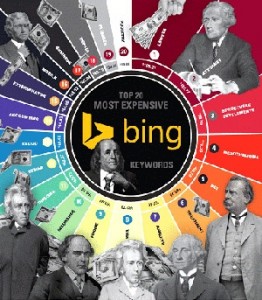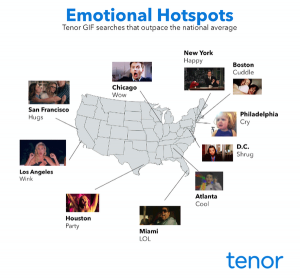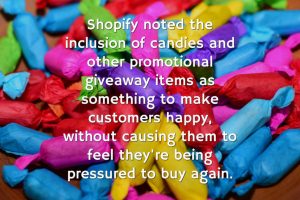
Engagement.
It’s one of the most-talked-about metrics in our current digital landscape. High engagement rates, high-quality engagements, repeat engagements… all of these things are important to today’s marketers. But are we going about it the right way?
Let’s look back a little to see how we got here…
A Short History: 100 Years of Advertising
Marketing and advertising, as an industry, is only a little over 100 years old. (Of course, people have been “marketing” for as long as they’ve had a product. But marketing as a product/service is only about a century old.) In the early part of the 20th century, marketing and advertising frequently used guilt, fear, shame, and exploitation to drive consumer interest and sales. Take these taglines as examples:
“Most men ask ‘Is she pretty?’ not ‘Is she clever?’” (Palmolive)
“How’s your breath today? If it’s bad, you won’t be welcome.” (Listerine)
“Wash away fat and years of age.” (La-Mar Reducing Soap)
These early advertising efforts set the stage for the “broadcast era,” the “Mad Men” period of time in which advertisers used big budgets to drive big ideas at big audiences. Advertisers who contributed to this full-throttle approach, which lasted from approximately 1960 through the 1980s, were largely indiscriminate about who received what messages. And it wasn’t totally their fault. At that time, the quality and quantity of data about consumer demographics (that we now expect) just didn’t exist.
Engagement simply wasn’t very trackable as a metric. And as long as product flew off the shelves and consumers knew and liked the brand, who cared?
Make This Year Your Year of Engagement
Though the Mad Men-era marketers were extremely successful at selling product, they missed out on some key opportunities–opportunities that are available to today’s digital marketers (even though many don’t take advantage of them).
- Approaching consumers as tribes. Not all consumers are the same. No product is right for everyone. And not all consumers are exposed to the same ad platforms. A “mass market” approach no longer works, because there no longer is a “mass market.” Today, our world is fractured into hundreds of thousands of “niche markets,” and each and every person is a part of their own unique set of several hundred “niche markets,” the composition of which is ever-changing.
- Acknowledging the Attention Economy. Secondly, we live in an Attention Economy. That is to say, the #1 commodity a brand can obtain is a consumer’s attention, which is constantly being pulled in a million directions by multiple devices and experiences.
In short, consumers are used to being treated as part of a “mass” market, when really each consumer is a part of his own unique “niche market.” Secondly, a person’s attention is the most valuable thing he can give, and many marketers have not respected the opportunity to gain attention for what it is.
Seeing Social Engagement As Restorative
This year, I challenge you to break the cycle that so many consumers have become accustomed to over the last few generations.
This year, approach your engagement strategies as opportunities to restore consumers. Restore the broken trust. Restore the traditional marketer/consumer relationship that’s been broken by a lack of respect for the consumer’s valuable attention. When you set your engagement rate goals for this year, I challenge you to not only consider numbers, but to go about your goal-setting with the theme of restoration in mind.
Digital & Social Articles on Business 2 Community(73)
Report Post








